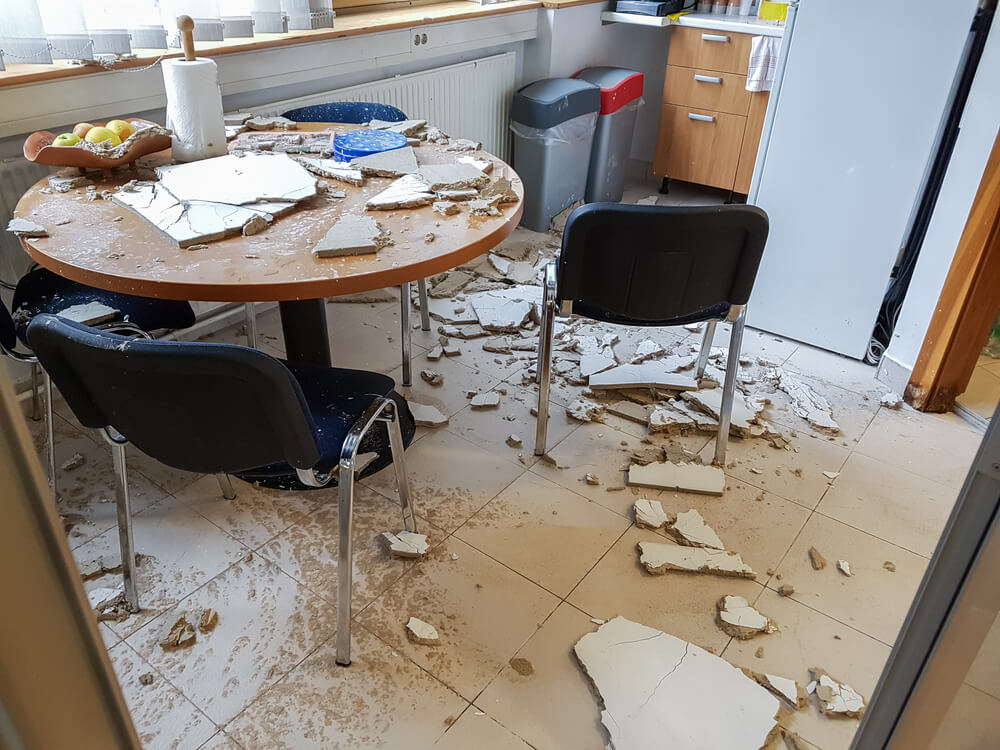In general, the amount of
home insurance coverage you purchase should depend on factors such as the rebuilding cost and size of risk, says the
Insurance Information Institute(III). Additionally, you should regularly review your home insurance coverage to
avoid possible underinsurance or over insurance. It is good practice to check your home insurance policy every time you undertake a major
home improvement project. Keeping this in mind, here is a look at the top 10 changes your insurer needs to know about.
Installing a Pool or Trampoline
The
U.S. Consumer Product Safety Commission (CPSC) categorizes swimming pools and trampolines as some of the most dangerous areas in homes. This means that adding a swimming pool or a trampoline to your property could expose you to
liability claims due to third-party bodily injury or even death. Be sure to inform your insurance provider in order to consider options for coverage.
Conducting Renovations
Besides increasing the value of your home, a major home improvement project can also help mitigate certain risks. For instance, installing a new roof lowers the risk of water damage and falling. Any time you make changes or
renovations that help mitigate risks, there may possibly be a discount on your premiums.
Relocation
Certain areas of the country are more susceptible to disasters. For instance,
the New York City area experiences more earthquakes than other parts of the state, according to the
Northeast States Emergency Consortium (NESEC). Relocating can either increase or decrease your premiums depending on the size of the risk in your new location.
Making New Purchases
Because a standard home insurance policy also covers the assets in your home, you should review your policy whenever you purchase high-ticket items.
Starting a Business at Home
Per the
International Risk Management Institute (IRMI), about 58% of home-based businesses in the U.S. carry no insurance. Since home insurance doesn’t cover home businesses, you should consider purchasing separate
home business insurance if you start a business at home.
Renting Out Part of Your Home
Some mortgage companies require you to have landlord’s insurance if you rent out your house. That said, consider adjusting your policy to accommodate the landlord insurance needs if you rent out even part of your home.
Adopting a Dog
Aggressive dog breeds are prone to biting people, which puts you at risk of litigation. Additionally, any dog breed can damage your property by scratching walls, tearing carpets, and bringing ticks and fleas into your home. Therefore, ensure you discuss your coverage needs with your insurer if you get a dog.
Acquiring High-Value Items
A regular home insurance policy does not cover high-value belongings such as precious metals, currency, and jewelry. If you have any of such valuable possessions in your home, you may want to consider
separate insurance policies or adding endorsements to your current policy.
Installing a Home Security System
While a home security system won’t entirely prevent burglary, they have been known to deter burglary in some cases. Insurance companies view it as a mitigated risk, which could result in lower insurance costs.
Adding a Smoke Alarm and Fire Extinguisher
Smoke detectors and fire extinguishers significantly lower the risk of fire damage in your home. With a mitigated risk, your insurance carrier may give you a discount on the home insurance premiums, as reported by
CBNC.
Conclusion
These types of changes can impact your home insurance coverage and costs, so you should inform your insurer about them. For help sorting it all out,
visit the team at
Tompkins Insurance Agencies.


